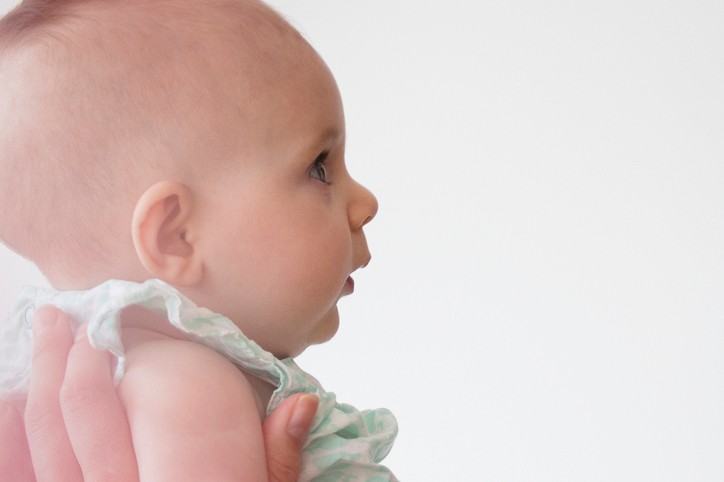We all want to make sure our children hit every milestone on time (or better…) but it’s not always clear what exactly “on time” is and when one should worry. In fact, there can be variation in when children reach many crucial developmental milestones. That said, for most things, including communication skills, there’s an expected age range in what’s considered “typical.”
“The stages…
